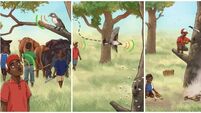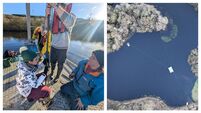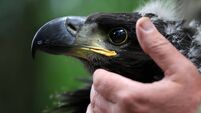Wanted: A name for one of 20 'new' planets — and here's how you could be the one to pick it
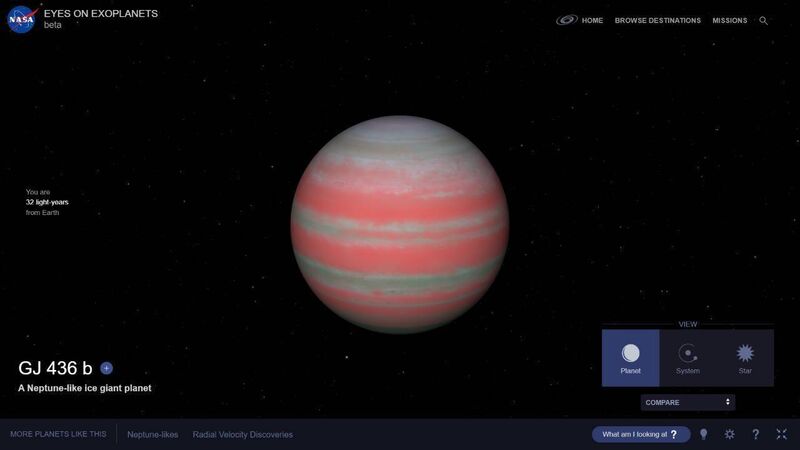
Researchers believe that GJ 436 b is Neptune-like, meaning it is primarily made of gases rather than metals. Researchers have hypothesised that the planet may be made of an exotic type of water “ice” made hard by pressure rather than temperature. Picture: NASA Source: https://exoplanets.nasa.gov/eyes-on-exoplanets/
International scientists are looking for names for 20 planets and you could be the one to give GJ 367 b or GJ 436 b their real name.
These are just two of the 20 exoplanets nominated in the NameExoWorlds 2022 campaign. An exoplanet is basically any planet that exists outside our own solar system and there are now more than 5,000 exoplanets known to us.
Proposals will be considered by Ireland’s National Panel and the winning entry will be entered into consideration in an international campaign.
And there's already a good Irish connection to these exoplanets and their host stars as they were among the first exoplanet targets of the James Webb Space Telescope and the Dublin Insitute for Advanced Studies played a critical role in developing MIRI (Mid Infra-Red Instrument — one of the four main instruments on board the space telescope. This incredibly advanced instrument will allow scientists study the formation of planets around distant stars.
When these exoplanets are detected and confirmed they are allocated an alpha-numeric designation at first. Ireland also has good form in picking the true names as students of a team from a Cork school won the competition to name HAT-P-32b back in 2019. This gas planet and its associated star became 'Bran' and 'Tuiren' from Irish mythology thanks to Regina Mundi physics teacher, John Murphy..
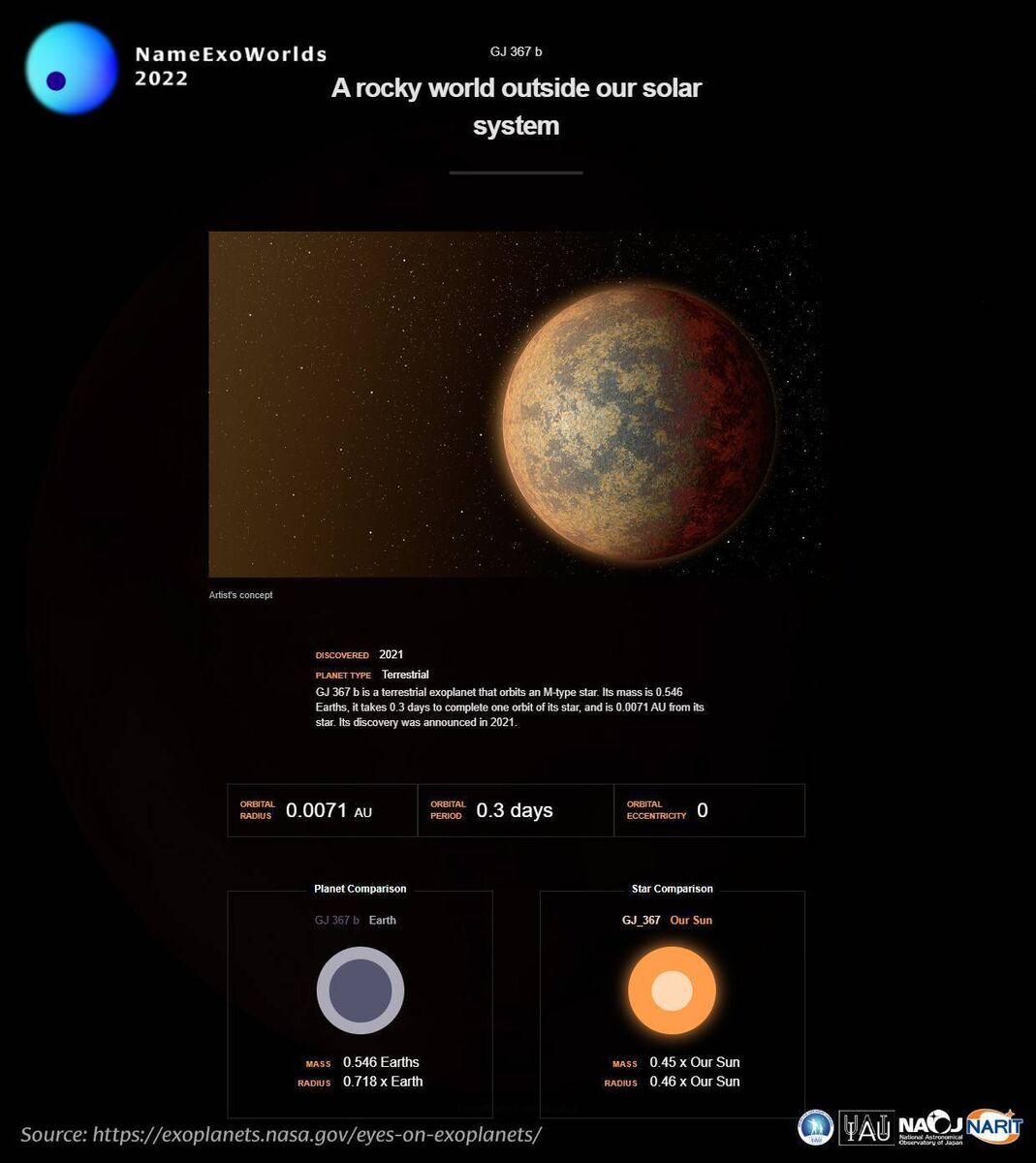
Ireland’s National Panel is available to support applicants with advice, guidance on rules, and even with helping teams connect with astronomers/scientists to help in their outreach efforts.
Rob O’Sullivan from Blackrock Castle Observatory is the National Outreach Coordinator for the International Astronomical Union in Ireland. He pointed out that there are some naming conventions that must be adhered to, so we are unlikely to see PlanetyMcPlanetFace anytime soon: "The names of people, living or dead, are not eligible for inclusion. Names with strong political, religious, or military associations should also be avoided. Applicants are instead encouraged to propose names that have long-standing cultural, historical, or geographical significance, worthy of being assigned to a celestial object."
The 20 worlds awaiting names in the 2022 competition include planets such as GJ 367 b — a rocky planet like Earth or Mars; and GJ 436 b — a Neptune-like gas planet that is 'only' 33 light-years away.
"Being light-years away means these planets are far too distant to be visited with current technologies. Even if we could build a spacecraft capable of travelling at the speed of light it would still take decades to visit event the closest of these mysterious worlds," explained Rob O'Sullivan.
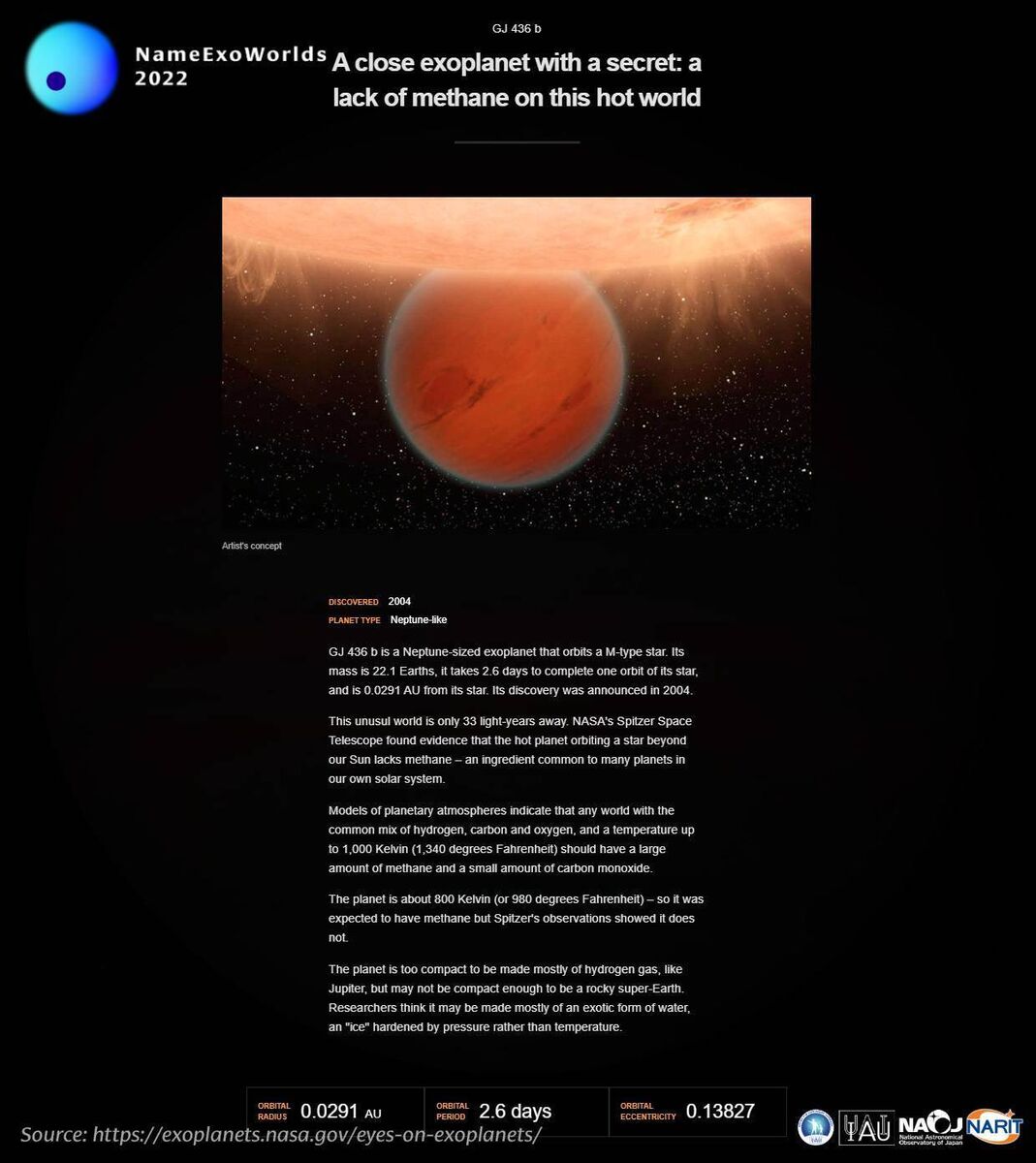
“The study of exoplanets is a really exciting field because it shows us the incredible diversity of worlds that exist beyond the limits of our own solar system. It’s particularly exciting when we find Earth-like planets as these places could prove to be excellent candidates in the search for alien life. They are also humbling reminders of how precious our own planet is. Of all the worlds we’ve discovered, none are within our reach. Earth is our one and only home. There is no planet b," he noted.
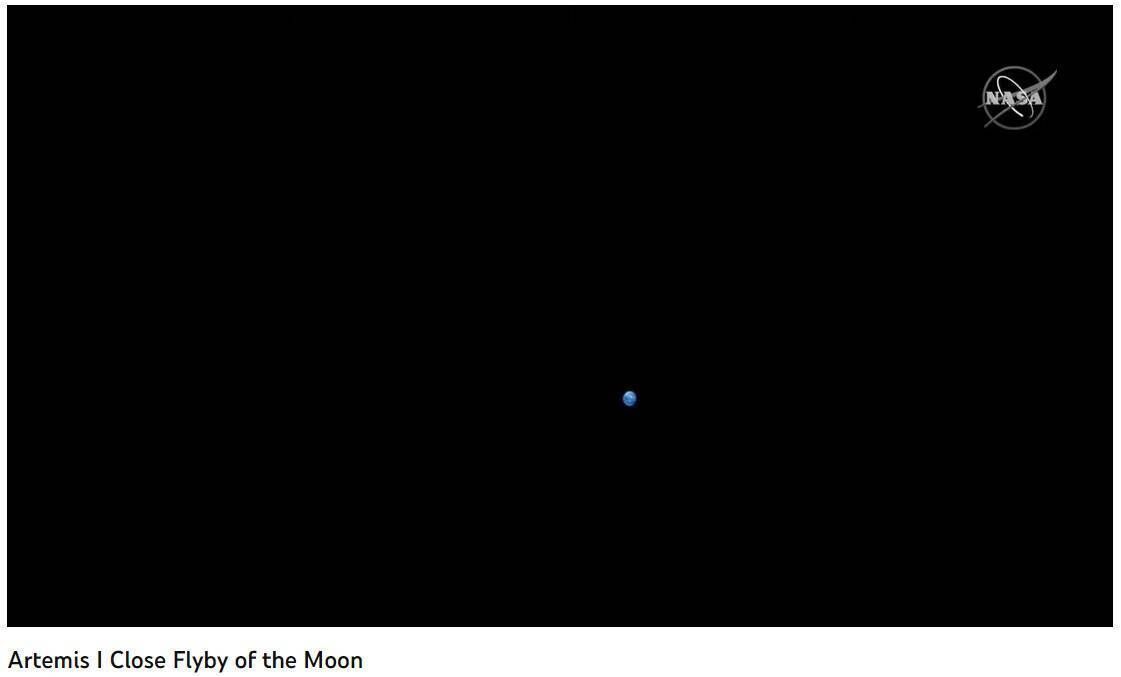
Dr Sophie Murray, technical officer at Dublin Institute for Advanced Studies (DIAS) Dunsink Observatory, says she is proud to be part of the National Selection Committee for this competition: "It aligns closely with of the research undertaken by DIAS space scientists on exoplanets, and particularly the ongoing role we have with the MIRI instrument onboard the Webb Space Telescope.”
DIAS has contributed to the design and fabrication of this instrument by producing special filters that are used to break up infrared light into its various components. In recent years DIAS has played a major role in understanding the instrument’s performance, and in providing specialised software, so as to produce science-ready data.
Meanwhile, NASA's Orion spacecraft has made its closest approach to the moon on Monday morning during day-five of its Artemis 1 mission. Artemis I launched from Florida on Wednesday last, with NASA's most powerful rocket ever — the Space Launch System (SLS) — successfully carrying Orion into space. There aren't any astronauts onboard at this point but the nearly month-long journey around the moon is a critical demonstration for NASA's lunar program.
* To be in with a chance of naming one of these worlds, teams of participants need to select a name and host an outreach event designed to inform the public about exoplanets. To register your team, and for further information on how to take part, visit the Name ExoWorlds Ireland Campaign
The deadline for submission of completed applications, including a report on your outreach event, is December 11.





